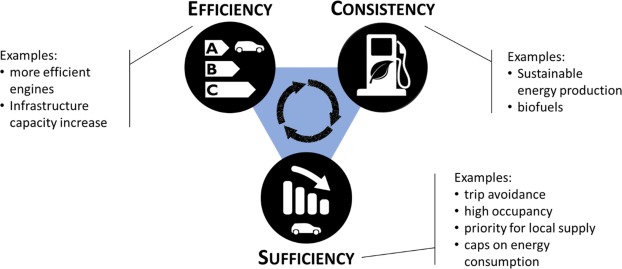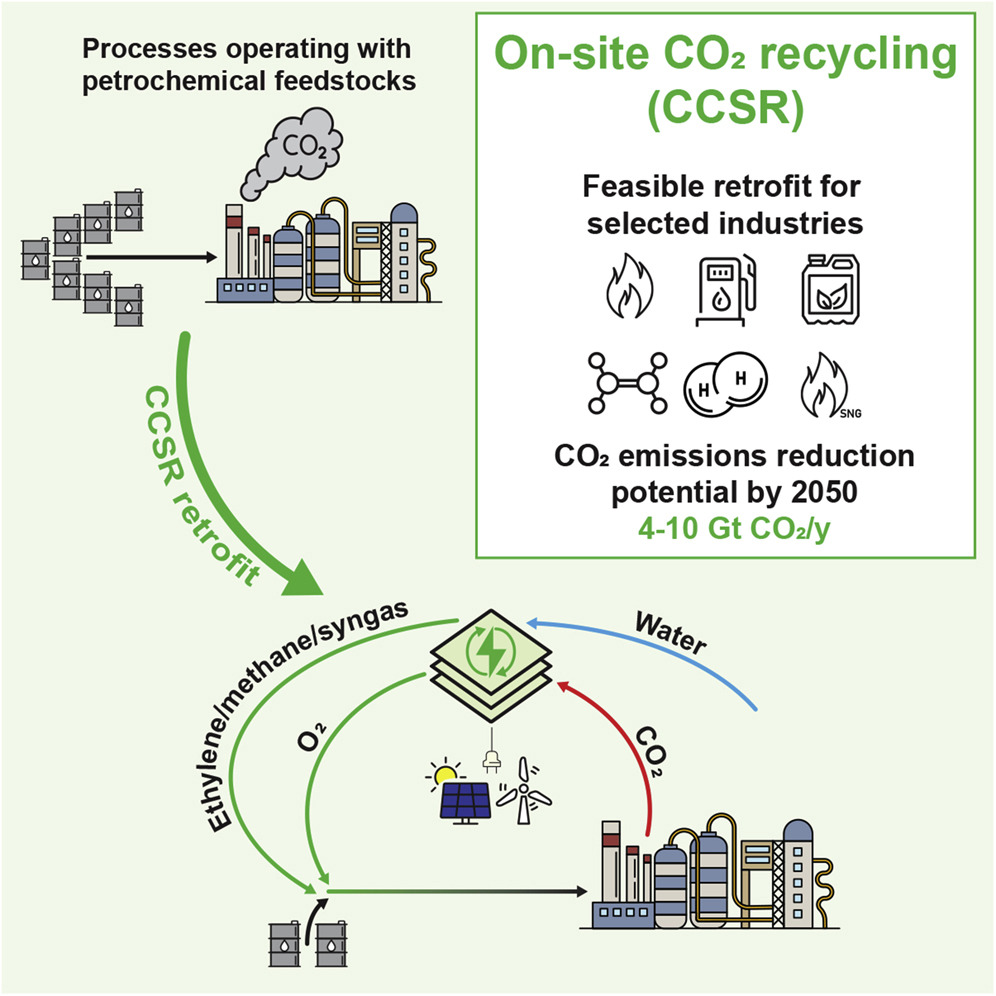Carbon neutrality, often referred to as net-zero carbon emissions, stands as a pivotal ambition in the global fight against climate change. In essence, it signifies a balance between the amount of greenhouse gases released into the atmosphere and the quantity that is removed, resulting in a net-zero carbon footprint. Achieving carbon neutrality is fundamental not only for stabilizing the planet’s temperature but also for setting humanity on a sustainable path forward. The United Nations' Sustainable Development Goals (SDGs), established in 2015, represent a universal call to action to end poverty, protect the planet, and ensure prosperity for all by 2030. Among the 17 interlinked global goals, carbon neutrality closely aligns with several, most notably SDG 13, which emphasizes "Climate Action."
At first glance, SDG 13 directly addresses the need to combat climate change and its detrimental impacts. The quest for carbon neutrality is embedded within this goal as an implied necessity. To genuinely tackle climate change, reducing our carbon emissions and bolstering carbon sequestration processes, such as afforestation and sustainable agriculture, become paramount. By pushing for a net-zero carbon footprint, we actively counteract the ongoing damage and seek to reverse the adverse climatic changes, upholding the spirit of SDG 13.
However, the implications of carbon neutrality extend beyond just SDG 13. Take, for instance, SDG 7, which targets "Affordable and Clean Energy." As the world gradually phases out fossil fuels in favor of renewable energy sources like wind, solar, and hydropower, the transition inherently promotes carbon neutrality. This goal not only stresses the importance of cleaner energy but also underscores the need for efficiency and sustainable infrastructure, thus indirectly bolstering efforts to balance carbon outputs.
Similarly, SDG 15, "Life on Land," champions the protection, restoration, and promotion of sustainable ecosystems. Healthy forests act as significant carbon sinks, absorbing more carbon dioxide than they emit. The goal's emphasis on halting deforestation, restoring degraded forests, and supporting afforestation indirectly fuels the carbon neutrality mission by amplifying nature’s role in mitigating climate change.
Furthermore, the broader implications of achieving carbon neutrality can be found in SDGs that deal with human well-being. For instance, SDG 3 targets "Good Health and Well-being," and SDG 11 aims for "Sustainable Cities and Communities." As urban areas adopt carbon-neutral practices, air quality improves, leading to fewer respiratory diseases and healthier populations. Moreover, carbon-neutral strategies often involve the creation of green spaces, improved public transportation, and eco-friendly buildings, directly contributing to more sustainable, resilient, and livable cities.
Carbon neutrality is more than just a buzzword in the climate discourse; it’s an integral component for the realization of the Sustainable Development Goals. While directly linked with SDG 13, its influence permeates several other goals, showcasing the interconnectedness of environmental, economic, and social sustainability. By embracing the challenge of achieving carbon neutrality, we don’t just address climate change; we set forth on a holistic journey towards a more sustainable and equitable world.
Background: The announcement of China's 2060 carbon neutrality goal has drawn the world's attention to the specific technology pathway needed to achieve this pledge. We aimed to evaluate the health co-benefits of carbon neutrality under different technology pathways, which could help China to achieve the carbon neutrality goal, air quality goal, and Healthy China goal in a synergetic manner that includes health in the decision-making process.
The chemical industry needs to significantly decrease carbon dioxide (CO2) emissions in order to meet the 2050 carbon neutrality goal. Utilization of CO2 as a chemical feedstock for bulk products is a promising way to mitigate industrial emissions; however, CO2-based manufacturing is currently not competitive with the established petrochemical methods and its deployment requires creation of a new value chain.




